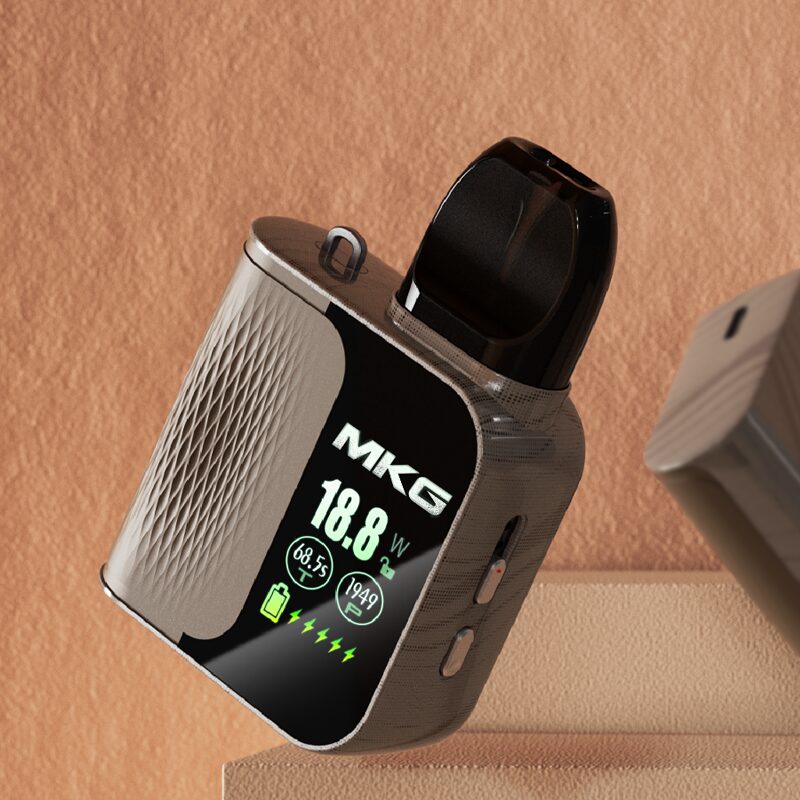1. TPD
background
On February 26, 2014, the European Parliament officially approved the revised tobacco product directive Tobacco and related products DIRECTIVE (2014/40/EU), replacing the old version of the directive 2001/37/EC, people used to call 2001/37/EC It is called TPD I, and 2014/40/EU is called TPD II. 2014/40/EU has come into effect on May 20, 2016, and it is the first time that electronic cigarettes have been included in the control scope of the Tobacco Product Directive. Among them, Chapter 20 (Article 20) clearly puts forward requirements for the marketing and sales of electronic cigarette products, requiring products to be submitted for registration 6 months before listing, and details the list of materials that need to be submitted for registration. In 2016, the UK converted TPD into the UK regulations The Tobacco and Related Products Regulations 2016 (TRPR). On December 31, 2020, the UK’s transition period for leaving the EU ended, and the UK’s TPD began to operate entirely on its own system.
Although Northern Ireland belongs to the United Kingdom, the laws and regulations in the region still comply with the requirements of the European Union.
On December 17, 2020, the European Commission announced that it would bring the Northern Ireland Protocol into force; after several extensions, this document entered into force on June 30, 2021. According to the document, Northern Ireland will continue to remain in the EU customs union and single market after Brexit, and items shipped from other parts of the UK to Northern Ireland must be inspected under EU rules.
registration process
1. Register an MHRA Portal account and obtain a company number
2. Collect basic product information, production process documents, instructions for adding e-liquid to the atomizer, smoke test reports, product composition information, composition CLP classification and TOX information, assign different EC-IDs to different products, and pass the MHRA online portal MHRA Protal submit registration information
3. The British MHRA receives the registration documents and sends the INVOICE to the applicant. The applicant pays according to the requirements of the INVOCIE and waits for the review result to be announced.
2. UK representative
The TPD Directive clearly mentions that manufacturers outside the UK who sell e-cigarette products in the UK must appoint a natural person or legal person in the UK as their representative.
1. The UK representative must be a natural or legal person in the UK
2. The UK representative must be authorized by the manufacturer
3. Responsibilities of the UK representative:
a, Check the technical documentation and declaration of conformity of the product to ensure compliance with the requirements of relevant British regulations and harmonized standards
b. Provide necessary information and documents to market surveillance agencies in a timely manner if required
c. If you know that the product involves certain risks, you should take the initiative to report to the market surveillance agency
d, When a problem occurs with the product, ensure that necessary corrective actions are taken immediately
4. UK representative information: name or company name or registered trademark, contact information, mailing address must be reflected on the product or packaging, parcel or accompanying documents
3. FCM (Food Contact Material) food contact material
The oil storage compartment of the electronic cigarette has been in contact with the e-liquid for a long time, and then the oil will be atomized and then inhaled by consumers. Therefore, the materials in the oil storage compartment that are in contact with the oil must meet the standards for food contact materials.
The UK is still using EU Regulation (EC) No 1935/2004
4. UKCA
Generally speaking, e-cigarette products need to comply with the RoHs directive and the EMC directive before they can post the UKCA logo. Of course, if the product has other functions or accessories, it may also need to comply with other directives.
5. CLP-PCN-UFI-SDS (refer to EU requirements)
PCN-UFI
On August 31, 2020, the European Union issued (EU) 2020/1677 to amend CLP Regulation (EC) No 1272/2008. The main purpose of this revision is to “improve the operability of information requirements related to emergency health response “.
CLP=The Classification, Labeling and Packaging (chemical classification, labeling and packaging)
PCN=Poison Center Notification
UFI=Unique Formula Identifier (unique formula identifier)
E-cigarette oil is a health or physical hazard product that needs to meet the requirements of (EU) 2020/1677.
For specific requirements, please refer to the link below:
http://www.element-testing.com/news/tradenews/63.html
SDS
The European Union’s CLP Regulation (EC No 1272/2008), which came into force on 20 January 2009, deals with the classification, labeling and packaging of substances and mixtures. The CLP regulation incorporates the standards of the United Nations Globally Harmonized System of Classification and Labeling of Chemicals (GHS) and complements the EU REACH regulation. Manufacturers, importers, distributors and downstream users must ensure that their current and future safety data sheets for substances, preparations and mixtures comply with the CLP regulation and the REACH regulation (1907/2006/EC) SDS requirements to ensure that their products meet the requirements of the EU market . Batteries and e-liquids in e-cigarette products are mixtures controlled by CLP and need to meet the requirements of SDS in CLP regulations.
6. REACH (refer to EU requirements)
SVHC
Candidate List for Substances of Very High Concern
https://echa.europa.eu/candidate-list-table
Appendix XVII
REACH Restricted Substances
https://echa.europa.eu/substanc
7. Battery directive (refer to EU requirements)
2006/66/EC Directive on batteries and accumulators and waste batteries and accumulators, which limits the content of lead, cadmium, and mercury in batteries, and also has detailed specification requirements for battery labels.
8. Battery safety IEC/EN62133 (refer to EU requirements)
62133 specifies the safety requirements for portable sealed secondary cells or batteries (excluding button cells) containing alkaline or non-acid electrolytes under conditions of intended use or reasonably foreseeable misuse.
9. Packaging Directive 94/62/EC (refer to EU requirements)
The maximum permissible limit of harmful heavy metals (lead, chromium, mercury, hexavalent chromium) stipulated in Article 11 of Directive 94/62/EC is 100 mg/kg, the purpose of which is to protect groundwater sources and soil. The scope of implementation covers all packaging and packaging materials.
10. Battery UN38.3
According to the “IATA Lithium Battery Transportation Guidelines”, the lithium battery of electronic cigarettes belongs to the 9th category of dangerous goods. All lithium batteries or products containing lithium batteries that need to be transported by air must pass the UN38.3 test.


























